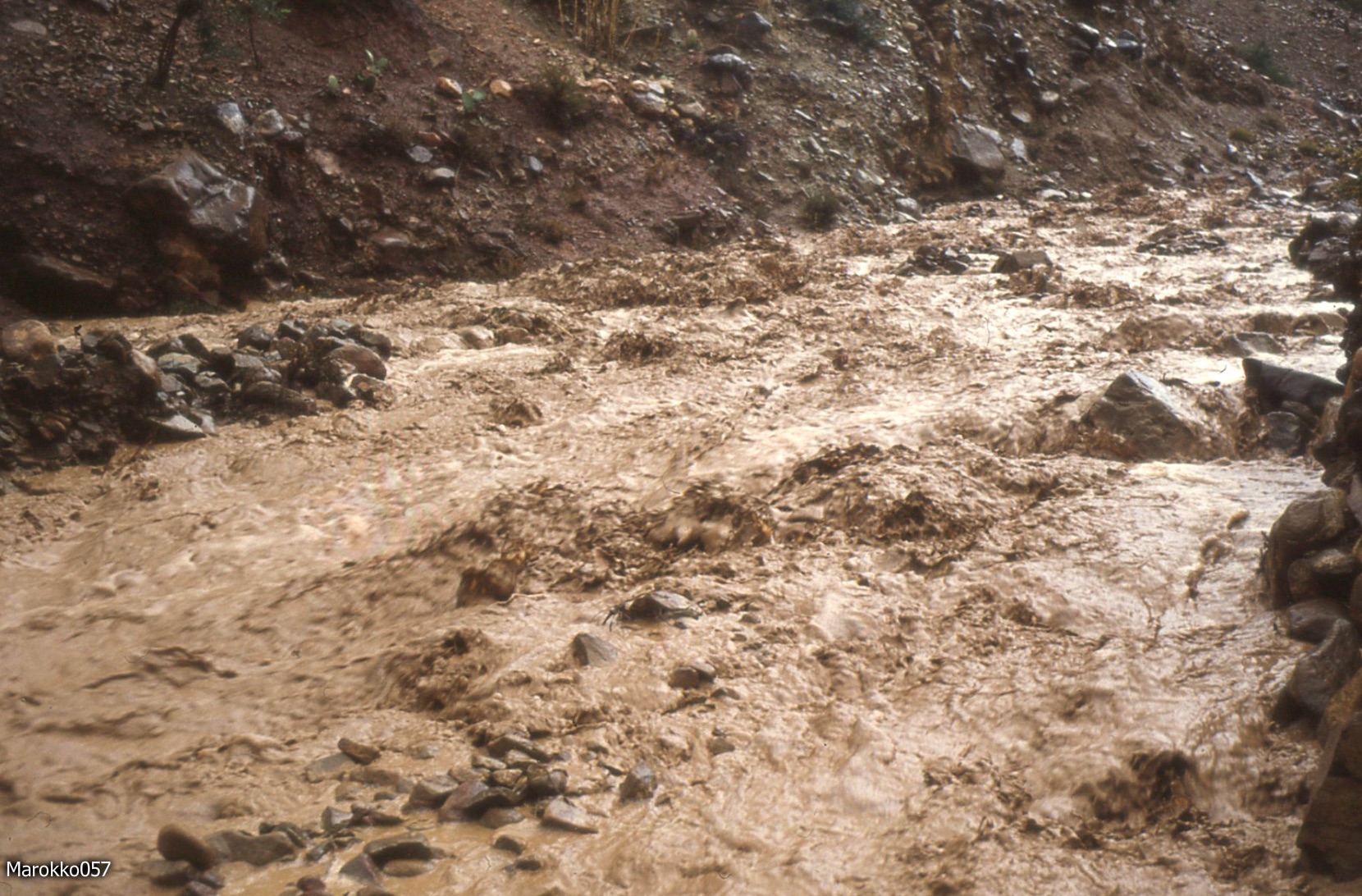In my previous post (Soil Erosion Rises Again!) I noted a recent spike in interest in erosion and soil conservation, following previous ones in the 1930s and 1980s. One manifestation is the work of Frans Kwaad, a Dutch physical geographer, who has reinvigorated discussion of the relative onsite and offsite costs of erosion.
Onsite (economic) costs are generally related to declines in crop or grazing productivity, or the loss or degradation of economically productive land. Offsite costs are associated with pollution and infrastructure damage associated with the deposition or delivery of eroded sediment, habitat damage or destruction, nuisance costs of removal of deposited sediment, etc. Kwaad’s work-in-progress synthesizes a number of studies and data sources, and on-balance indicates that off-site costs are greater.

Cleaning up eroded soil after a storm in the Netherlands (F. Kwaad photo).
A key message is that no matter who does the accounting and how they do it, on- and offsite costs of erosion are truly massive, and easily justify any imaginable expenditures on soil conservation, erosion control, and stormwater management.
But, as Kwaad and many of the sources he cites acknowledge, such estimates are problematic. Soil quality is only one of many factors that influences crop productivity, and productivity is only one of several factors that influences monetary values of crops. Similarly, off-site costs of erosion are often entangled with other factors such as, e.g., pesticides, metals and nitrates sorbed to the eroded soil. Second, most of the studies deal with intensive, mechanized agriculture. In such systems, productivity declines associated with reduced soil fertility is often masked with additional inputs of synthetic fertilizers, fossil fuels, and other inputs. There are also many technical issues associated with the monetization of environmental impacts.

Sediment-choked channel during a storm in northern Morocco (F. Kwaad photo).
Maybe most problematically, even if monetization was an exact science, it is only one way of tallying the score, and many would argue that it is not the best or most important. Loss of crop productivity in a subsistence agriculture system, for example, is far more devastating than in industrial agriculture, even though the monetized value may be less. And when ecosystem services, or a favorite fishing spot, are ruined essentially forever, how can you put a value on that?
We live in a society that fetishizes money and numbers, and it is not only inevitable that these will be used to assess impacts, but necessary to address power brokers in language they understand and accept. They key points, to me, are that soil erosion has costs, monetary and otherwise, onsite and offsite. Those costs are fairly easily minimized, as soil conservation and erosion control techniques and technologies are well developed. If monetizing the costs gets attention, and helps justify taking those measures, then so be it. But we should recognize that soil is the natural capital on which the rest of the economy (and most important things) depends!

Soil erosion is a food security issue in India, among other places (http://www.indianbureaucracy.com/loss-of-fertile-soils-a-food-security-…)
